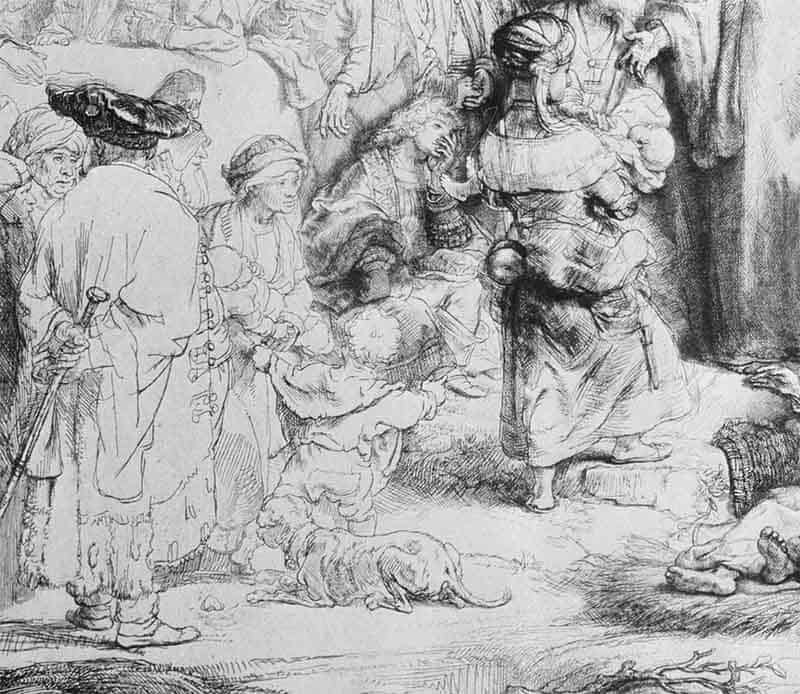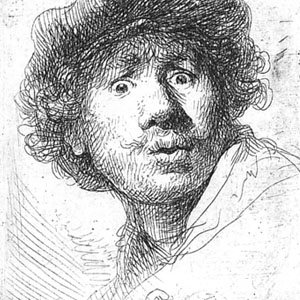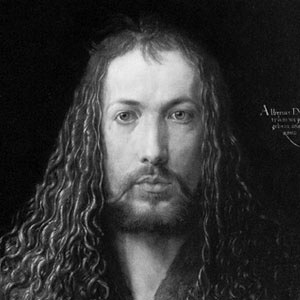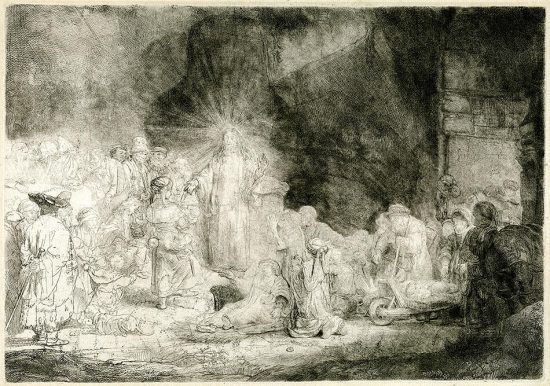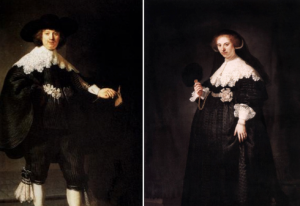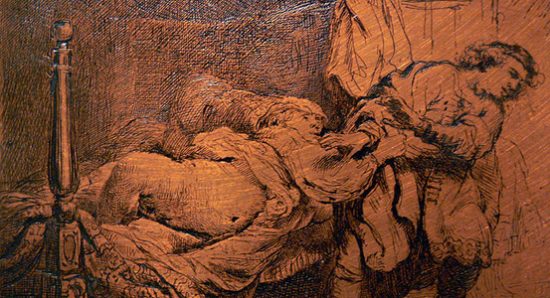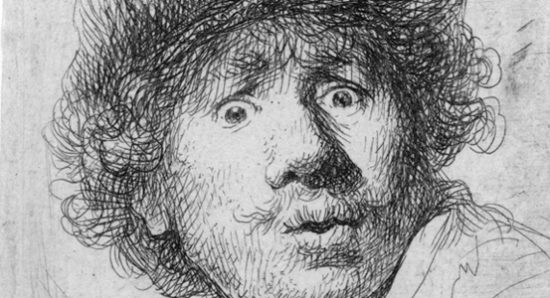Rembrandt, the renowned Dutch painter and etcher of the 17th century, created numerous masterpieces during his career. Among his most famous works is "The Hundred Guilder Print" (also known as "Christ Preaching" or "The Large Plate"), an etching that holds significant artistic and historical importance.
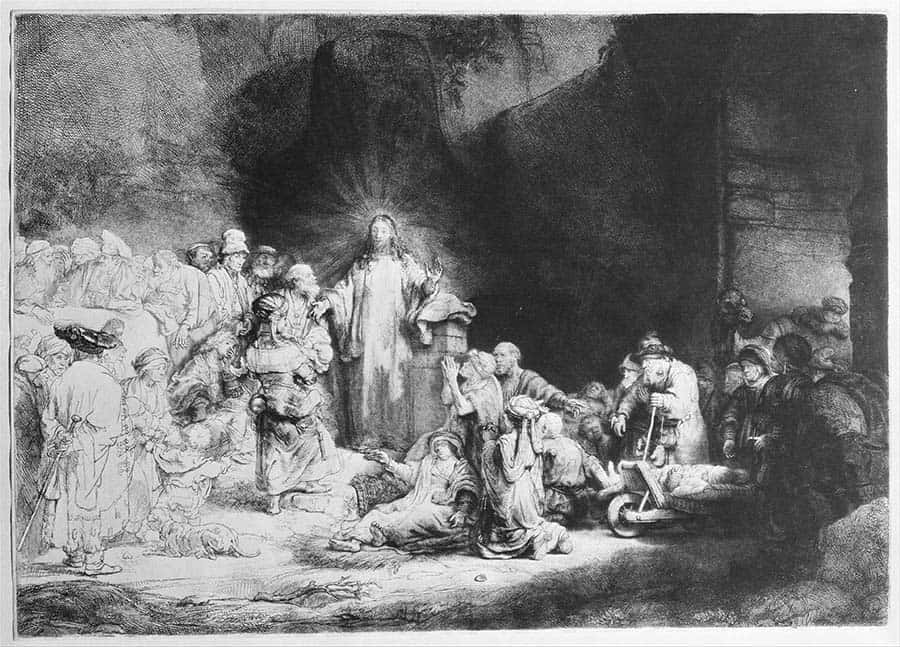
"The Hundred Guilder Print" was created by Rembrandt in 1649, and it is considered one of his most ambitious and complex etchings. The title refers to the large sum of money that the print was worth during Rembrandt's time, reflecting the artist's belief in the high value and significance of the work. The print depicts a biblical scene from the Gospel of Matthew, in which Christ is shown preaching to a large crowd of people. The central figure of Christ dominates the composition, while various other figures, including apostles, disciples, and people from different walks of life, surround him.
The etching captures a profound moment of spiritual and emotional intensity. Rembrandt skillfully uses light and shadow to create a dramatic effect, emphasizing the importance of the message being delivered. The viewer can sense the power and authority of Christ through his commanding presence and the expressions of awe and reverence on the faces of those listening to him. The print conveys a sense of human vulnerability and spiritual yearning, reflecting Rembrandt's deep understanding of human emotions and his ability to depict them in his artworks.
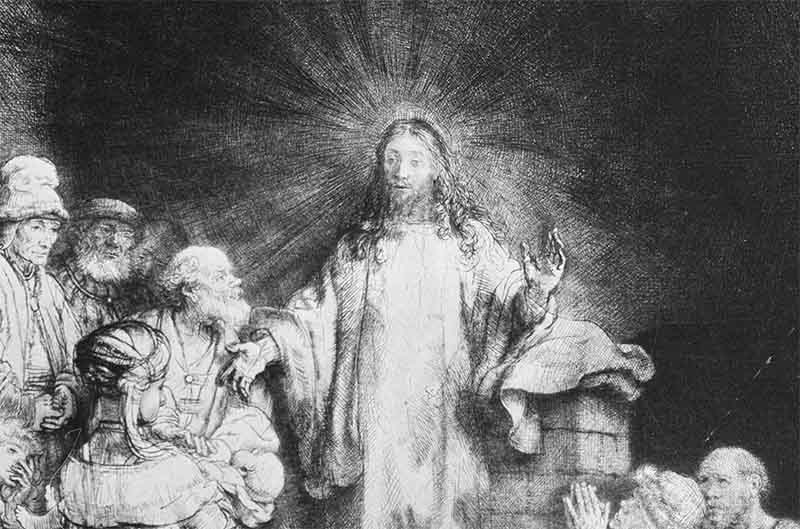
"The Hundred Guilder Print" is famous for several reasons. Firstly, it showcases Rembrandt's extraordinary mastery of the etching technique. He was a pioneering artist in the field of printmaking, and this particular work demonstrates his technical skill and innovation. The print's intricate details, rich textures, and meticulous use of lines reveal Rembrandt's ability to create depth and dimension on a two-dimensional surface.
Furthermore, the print is highly regarded for its narrative complexity. Rembrandt goes beyond a straightforward representation of a biblical scene, infusing the composition with symbolism and storytelling elements. Each character in the print has a distinct personality and contributes to the overall narrative. The print invites viewers to reflect on themes such as faith, human nature, and the power of words. It challenges the viewer to contemplate the impact of Christ's teachings and the reactions of the people around him.
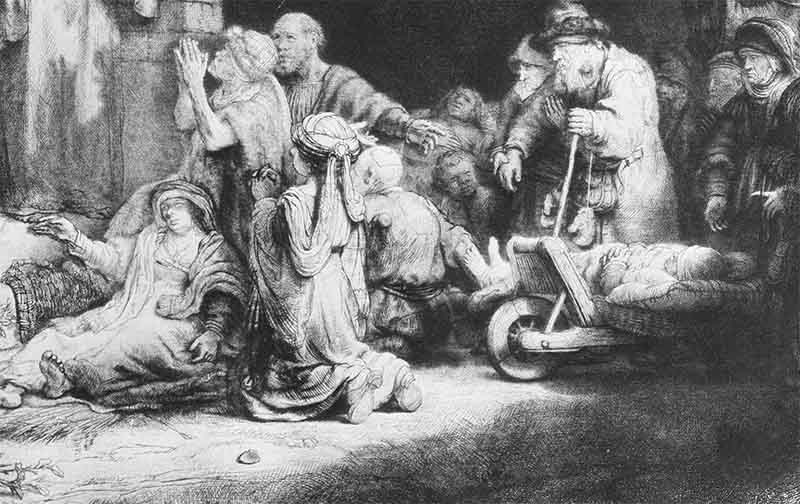
Additionally, "The Hundred Guilder Print" is significant in art history because it marks a transition point in Rembrandt's career. Around the time he created this print, Rembrandt faced personal and financial hardships, including the death of his wife and the decline of his popularity as an artist. This work is seen as a reflection of his resilience and artistic introspection during a difficult period. It embodies the essence of Rembrandt's artistic style, characterized by his ability to capture the human spirit and convey deep emotions.
In conclusion, Rembrandt's "The Hundred Guilder Print" is a remarkable etching that holds immense artistic and historical significance. Its depiction of Christ preaching to a crowd resonates with viewers through its powerful composition, masterful technique, and profound storytelling. The print's fame is derived from Rembrandt's artistic skill, the narrative complexity it presents, and its representation of the artist's resilience during a challenging time. "The Hundred Guilder Print" stands as a testament to Rembrandt's enduring legacy as one of the greatest painters and etchers in art history.
